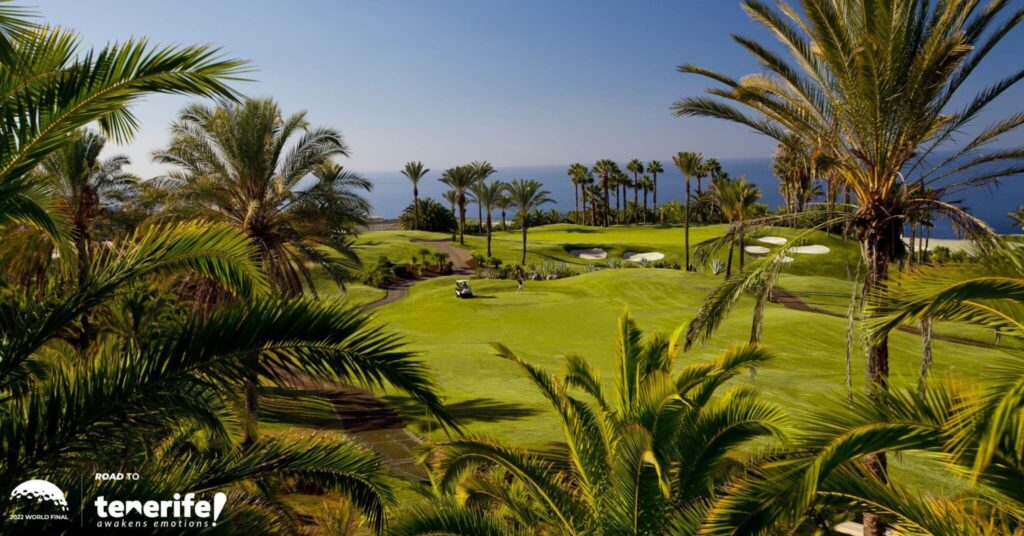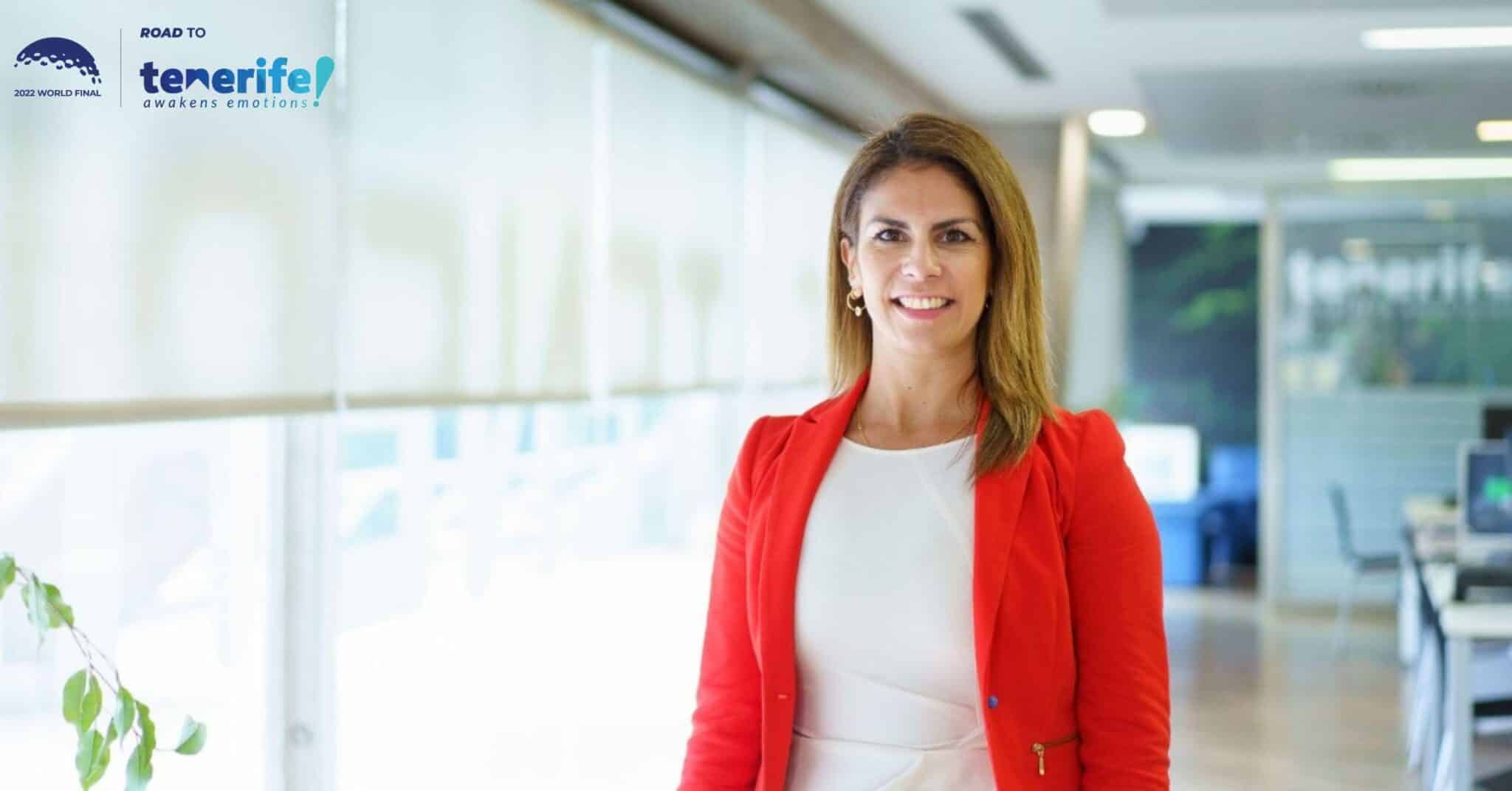Laura Castro is the Island Director of Tourism for the Cabildo of Tenerife. We spoke with her about the island’s objectives for promoting tourism and sustainability, two pillars on which the strategy for the future of Tenerife is based.
How is the tourism sector performing in Tenerife in 2022?
The figures we are seeing give us room for optimism in the coming months compared with previous years. However, there is still some uncertainty stemming from the macroeconomic variables that affect all of Europe and from the war in Ukraine.
Much hard work has been done on the island to develop a market diversification strategy that has allowed us, among other issues, to reduce the risk of potential crises. Accordingly, the forecasts are optimistic for our high season, and we expect to see the sector recover.
The efforts over this time that have been made at a private level and the value chain have been extraordinary. The public authorities have invested in resources to enhance our competitiveness as a destination and add content to all those actions we are developing to transform Tenerife.

Laura Castro, Island Director of Tourism for the Cabildo of Tenerife: “Society demands change”
What future objectives has the Tourism Board established for its sector?
The Board’s objectives lie in designing the island for tomorrow’s society, and the tourism sector has much to contribute. We are doing this by developing a powerful infrastructure programme that recovers the land reclaimed from the sea for the enjoyment of the local population and those who visit us—regenerating all those areas that have deteriorated and that are enclaves of interest aligned with achieving the development goals set for Europe.
We are facing some complicated challenges; hence, projects like Tenerife Reset, with an allocation of 7.4 million euros, will allow us to provide content and take actual actions in our sustainability and digitalisation strategy. Some examples include creating the island infrastructure network for bird spotting, improving ways and paths, the Plan to offset the carbon footprint of the tourism sector and the Smart Office and Destination App. Four pillars and 16 actions will allow us to move towards a better model that respects the environment and people.
Improving the destination, in turn, will allow us to offer travellers increasingly more aware of the responsibility of visiting places an accessible, respectful and diverse experience.
Among these travellers, we strive to continue attracting specific profiles and, in this case, the active traveller who practises sport and can do this 365 days a year on the island, with a stable temperature and first-class sports facilities.
How is the Island Council of Tourism in Tenerife planning to keep up with the newest sustainability practices?
Society demands change, and this cannot be delayed any longer. Hence, the public authorities must act with a vision of the future and planning. These changes do not always take place as quickly as we would like, but I can state that we are laying the foundations and have the commitment to achieve them.
The Island Council has set up a multidisciplinary team of technical staff from all the departments of the Island Council and technical staff from the Institute for Responsible Tourism to work on a sustainability board comprising members from the whole tourism value chain.
This allows us to take decisions involving the sector’s participation and develop essential proposals. By way of example, work is already being done on the project to create a photovoltaic plant which, in a few years, will allow us to have an accommodation offer wholly supplied by clean energy. Many more examples are already underway, and I believe we must also focus on telling people what we are doing in this regard.

The first year of the WCGC in Tenerife
What are the best services the island offers its visitors?
Tenerife is a complete and diverse island with options for everyone. This offer includes discovering the Teide National Park, practising adventure sports, revelling in our gastronomy and denomination of origin wines, discovering our heritage in cities like La Laguna, declared a UNESCO World Heritage Site, and the nature of Anaga – a Biosphere Reserve.
I feel that part of our great value lies in our people’s authenticity, traditions and popular fiestas. An island that seeks to be avant-garde without losing sight of its customs and cultural wealth. This, along with its excellent accommodation and services, makes us a unique destination.
This is the first year that the World Corporate Golf Challenge World Final will be held in Tenerife. Would you say that golf represents one of the tourist segments with the highest potential on the Island?
Golf is undoubtedly one of the most crucial tourist segments and has potential growth in Tenerife due to the type of traveller the island attracts. This sport is closely linked to quality tourism. Hence, despite only accounting for 2% of all visitors to the island, it is of vital importance for the strategy of Turismo de Tenerife. Golfers spend an average of 34% more than the average traveller that visits us since they use the broad offer of luxury hotels the island offers. They enjoy our excellent gastronomy and habitual visitors to spas and health and wellness centres. Golfers are customers that impact many tourism sectors besides golf, significantly benefiting Tenerife’s whole value chain.
Do you have any recommendations about the best way for our WCGC finalists to enjoy their stay in Tenerife?
The first obligatory visit must be to our website www.webtenerife.com, where you can find information about everything Tenerife can offer you during your stay.
I would invite the participants to test out all their senses through sport, revel in the offers of our great chefs, relax watching the sun set over our beaches, enjoy the silence of our nature paths and discover the stars in one of the best quality skies in the world.










